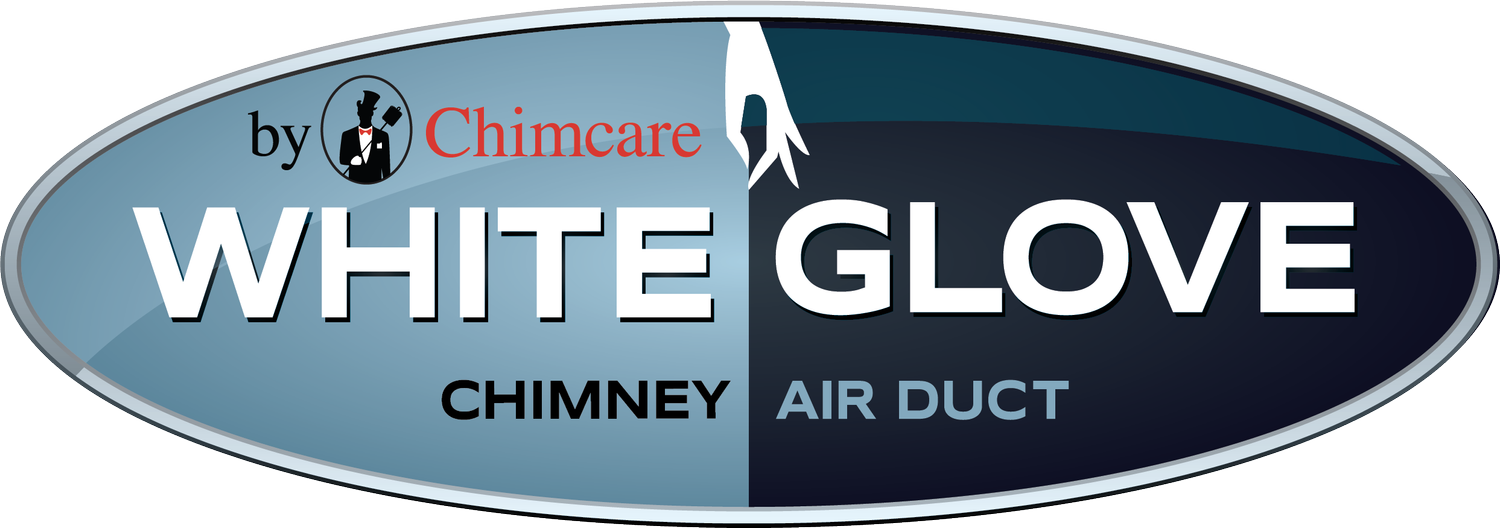Increasing Energy-Efficiency
Energy-efficient Options for heating
Perhaps you’ve been wondering lately if wood is the most efficient way to heat your home. Wood can be expensive and difficult to come by, and might not be the most cost-effective method of heating your home. Whether you’ve already got a working chimney and fireplace or not, here are two options that may be worth looking at.
Wood Pellets
Pellet stoves can be free-standing or inserted into a working chimney. They are fueled by heavily compressed pellets which have a reduced moisture level and burn hotter, cleaner, and more consistently than wood. They run about 4-5 times higher BTU output than wood—a medium-sized pellet stove can heat about 2000 square feet—and have fewer emissions than a wood fireplace or stove. Wood pellets are readily available and much easier to haul than cords of wood. They also reduce waste and landfill, since they’re made of compressed sawdust and waste wood. A venting system is very important for free-standing pellet stoves, and since they require an exhaust fan to remove emissions, they are not a good option if you live in an area that has frequent power outages.
Gas
If you prefer the ambiance of a traditional fireplace without the mess, a gas insert is a great energy-efficient option. With advanced technology and design, gas logs can look authentic—and the best part is you won’t ever have to haul wood, sweep the hearth, or dump ashes. Gas produces up to 99% fewer particle emissions, and costs about ¼ of the price of wood. Both of these options require a working chimney or other ventilation, so having them installed by a professional is a must. An improperly vented gas or pellet stove will release toxic emissions into your home. If you have a chimney, don’t skip out on regular maintenance. Debris, soot, carbon, or dust can collect and obstruct the ventilation, causing carbon monoxide and other pollutants to become trapped inside the home or even cause a chimney fire. Schedule annual inspections and cleaning with Flue Season (serves the Northern California area) to keep your alternative heating option running safely.
